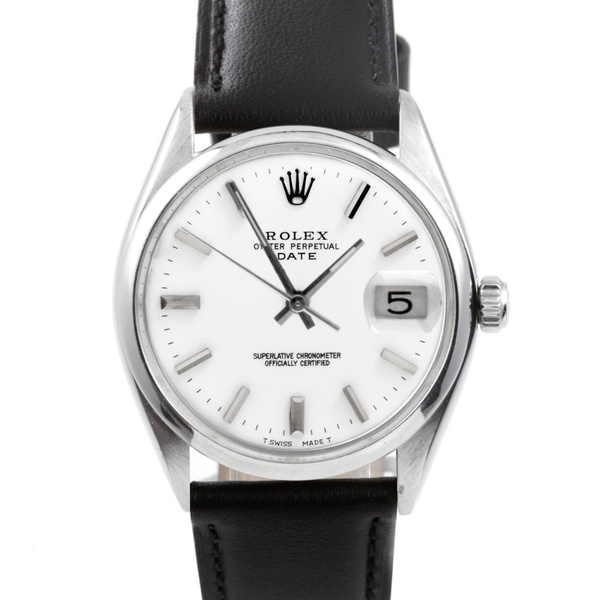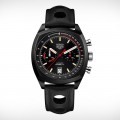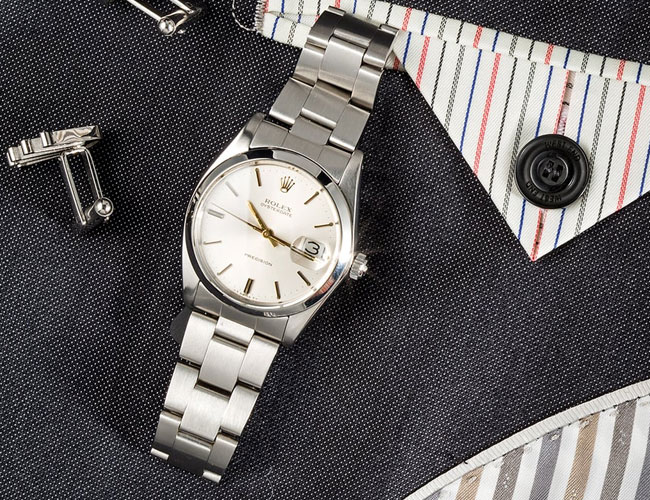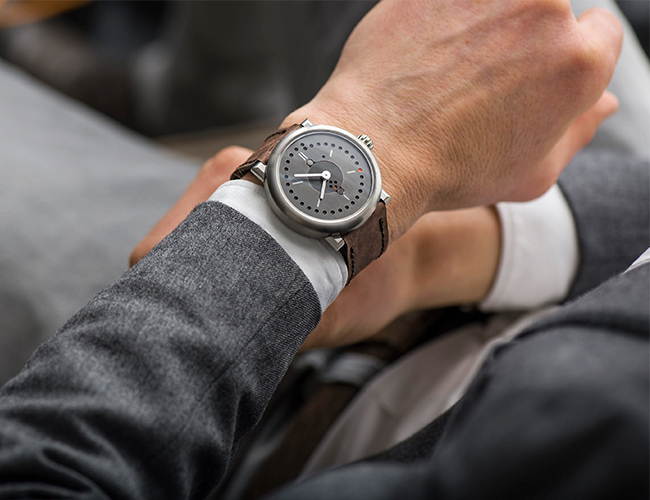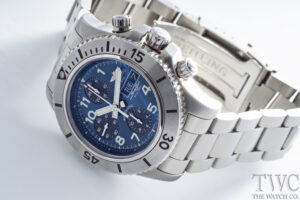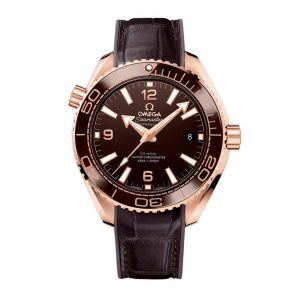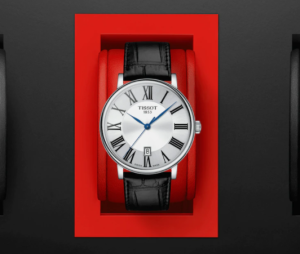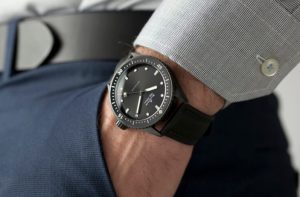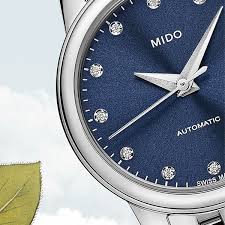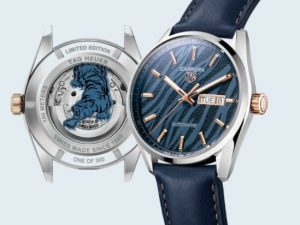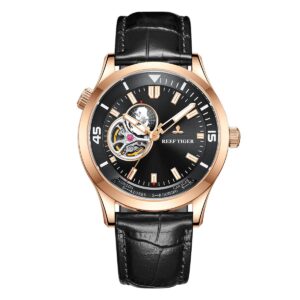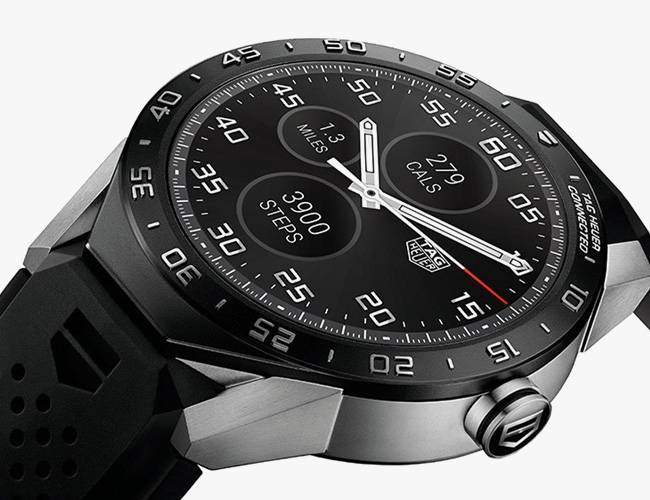
According to a recent report from Strategy Analytics, shipments of smartwatches are exceeding those of luxury Swiss watches for the first time. Quarter four of 2015 saw 8.1 million units shipped globally, exceeding the 7.9 million units of Swiss watches. Compared to quarter four 2014, wherein 1.9 million units of smartwatches shipped and 8.3 million Swiss watches shipped, it’s a staggering shift in the industry. “[It has] been sticking its head in the sand and hoping smartwatches will go away.”“The Swiss watch industry has been very slow to react to the development of smartwatches,” stated Neil Mawston, executive director at Strategy Analytics.
More Watches 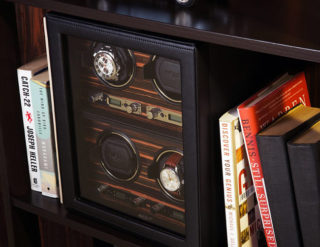 8 Watch Winders for the Budding Collector
8 Watch Winders for the Budding Collector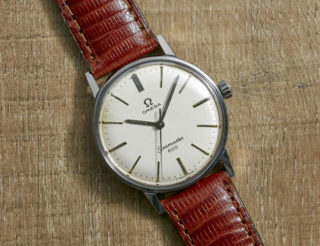 The Watch News You Missed This Week
The Watch News You Missed This Week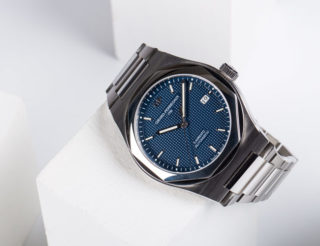 Girard-Perregaux Revives a Forgotten Watch from the ’70s
Girard-Perregaux Revives a Forgotten Watch from the ’70s
That’s true, to an extent. It’s also misleading to compare the traditional, mechanical Swiss watch to wearables; they’re entirely different products. The smartwatch is an extension of the smartphone, built to eventually be replaced by a better product years down the road. The Swiss watch on the other hand is all about collectivity. As tech programmer Marco Arment puts it on his own website, “A big part of that joy, for me, is that [the mechanical watch] isn’t like anything else in my life, and the difference is refreshing…the additional functionality [the Apple Watch] offers isn’t useful enough to me to overcome the far greater joy I get out of wearing a nice mechanical watch.”
So, traditional watch lovers won’t be eschewing their timepieces in favor of digital watches for this reason. Whether smartwatches will cut into the future of that consumer base is a less sure thing. Which may be why Swiss watchmakers’ response, though slow, is growing. The most notable Swiss smartwatch is the Android Wear-powered Tag Heuer Connected, a watch that takes on the look of the company’s iconic Carrera but has a digital dial and is more or less the most popular option in the Swiss smartwatch category. Yet, it costs $1,500 while Samsung, LG and Motorola equivalents all come in at under $500. In quarter one of 2015, the Tag Heuer accounted for only 1 percent of smartwatch sales.
Yet more Swiss watch brands will continue to embrace smart tech and integrate it with their own luxury design. One of the most promising examples is the Montblanc e-Strap, a traditional mechanical TimeWalker watch fitted with a strap that can perform its smartwatch functions. Theoretically, the strap can be replaced down the road as the tech improves. Breitling has its own Exospace B55, which has a traditional analog display combined with digital displays that can connect via Bluetooth to your smartphone. Alpina, Frederique Constant and Mondaine all have a “Horological Smartwatch” that utilize the same analog movement with sleep and fitness-tracking functions.
So, expect to see more concentrated efforts from Swiss brands to integrate the tech and old watchmaking technology in different ways. Just like the Quartz Crisis of the 1970s and ’80s, where Swiss brands were threatened by cheaper, more accurate battery-powered movements, the Swiss watch industry will endure, but it will do so by changing. In the 1980s, many Swiss brands began to offer quartz watches, as they still do today; the rapidly growing popularity of smartwatches offers Swiss brands a new opportunity to grow and innovate.
